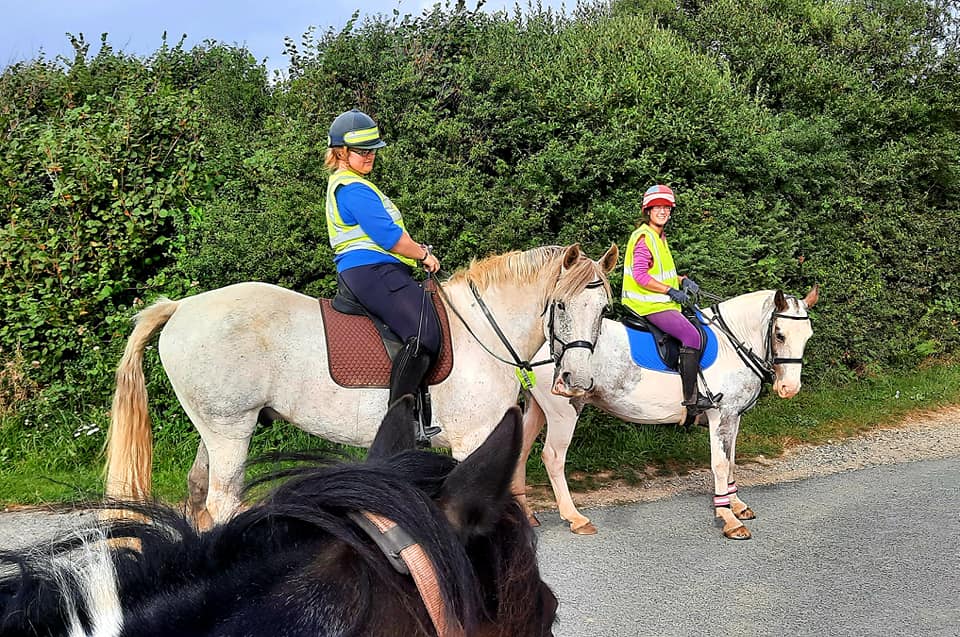You cannot ride a horse on a public footpath without the permission of the landowner. A landowner can order a horse rider to leave any land they don’t have permission to ride on, and they can also ask you to pay for any damages you create. If a horse being ridden on a public bridleway or byway injures another person, the horse’s owner may be held liable, as well as the rider if they are found to be negligent in controlling the horse.
Is it illegal to ride on a footpath?
Riding on a walkway is not a criminal violation unless prohibited by a Traffic Regulation Order or appropriate bylaw, but it may be a civil offense against the property, implying that you are trespassing unless you have the landowner’s consent. If riding causes significant damage to the road, it may be deemed both trespassing and criminal damage.
Other trails have been ridden for a long time and are designated as footpaths. Riding (or carriage-driving) on a pathway may not be considered an infraction if the right to ride (and perhaps drive a cart or carriage) is proved; nevertheless, this is subject to good proof of the equestrian right of way.
Bridleways and BHS Access Officers, as well as other volunteers, work diligently to register equestrian rights so that riders and carriage drivers can use bridleways and byways. Many footpaths may have more rights than bridleways or byways, so please let us know if you come across a popular riding route that isn’t labeled as a bridleway or byway.
Where can I ride my horse?
You may ride your horse on public bridleways, limited byways, byways open to all traffic and roads; permissive bridleways; some commons; tracks (see local permission schemes); and paid-permit toll rides. Motor vehicles may only use roads or byways open to all traffic; horse-drawn carriages may use these and limited byways, and bicycles may use bridleways but must yield to pedestrians and horse riders.
Bridleways and byways are legally protected public rights of way that cannot be impeded or changed. County or unitary councils keep track of them, defining where each path leads and it is status (who can use it). Any alterations, such as a diversion for new development, must go through a legal process, which is then updated by the council.
Horses and right of way
Horse riders must use bridleways and byways since a footpath is defined as a route over which the public has a right of passage solely on foot. Riding a horse along a pathway is not unlawful, although it may be deemed trespassing on someone else’s property. If the horse rider has permission to be there, there is no trespass; but, if permission is not granted, the landowner has the authority to force the rider off the property and seek compensation for any damages done.
It is the obligation of local governments to guarantee that vehicular and other traffic (including pedestrians) moves swiftly, easily, and safely. Given this duty, district, county, and unitary governments should be encouraged to utilize their jurisdiction to establish bylaws or traffic regulation orders preventing horse riders from using certain pathways for safety reasons or because such usage harms the surface of the right of way. Disobeying a bylaw or a road traffic control order is a crime.
Horse owners must make certain that their animals do not endanger other persons. They must analyze the risk and decide whether it is safe to keep horses in fields with public access, just as they must with cattle. Horses that chase people or act aggressively in any other way should be reported to the authorities.
Horse Riding on Bridleways and Byways Open to All Traffic
Horse riders have access to bridleways, limited byways, and byways accessible to all traffic. Bridleways are open to bicyclists and walkers. Motorists, bicycles, motorcyclists, and pedestrians are all permitted on all-traffic byways.
Restricted Byways, like bridleways, are open to bicyclists, equestrian riders, and pedestrians. Riding horses is permitted in certain of Wales’ forests administered by Natural Resource Wales.
Keep in mind that you’ll need to know the traffic arm signals while hacking. You may also not transport a second person. A solitary horse for a solitary rider. Make sure you understand all of the regulations and safety precautions.
Conclusion
In conclusion, while riding a horse on a footpath is not recommended, there are lots of other possibilities, such as bridleways and byways. Hacking can and can be enjoyable, but do so in a safe manner.

